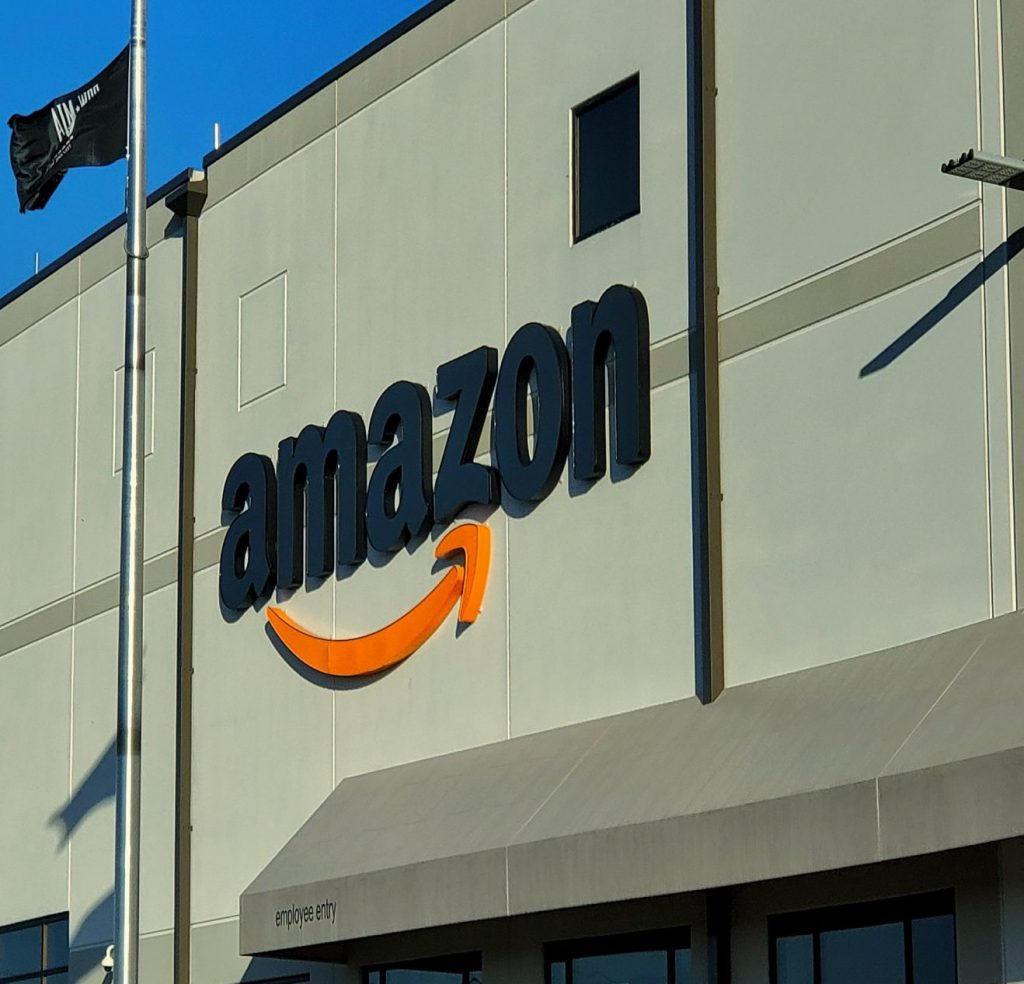Amazon closing stores? As consumers are more comfortable being out and about, they are increasingly returning to local stores for everyday shopping needs. Even as Amazon reported a 3% decline in ecommerce sales for 1Q22, the retailer made the decision to shutter 68 store locations that it operated, 66 in the US and 2 in the UK. While much has been written about Amazon’s acquisition of Whole Foods that gave them a strong presence in grocery, and its innovative Just Walk Out (JWO) technology that they pioneered in the Amazon Go convenience stores, not much has said about Amazon’s other physical store efforts, 4-Star, Style, and Books.
The stores themselves were curious appendages to Amazon’s online retailing empire. Amazon 4-Star stores sold only items that online reviewers had rated 4 stars or higher, which produced and interesting and somewhat disconnected mix of products. Amazon Style features clothing and apparel, with sexy technology like virtual fitting room assistants, but lacks a cohesive theme or “vibe” that draws consumers to connect with a fashion brand. Book stores focused on best sellers rather than an organized assortment of books across a range of topics and interests. It’s no secret that Amazon is a technology company, and despite their proficiency in logistics and fulfillment, they failed to demonstrate a cohesive merchandising strategy that would guide key decisions like store placement, omnichannel features like buy online and pick up in-store, and branding that would consumers connect with the brands and form expectations about their shopping experience. Kirthi Kalyanam, professor and executive director of the Retail Management Institute at Santa Clara University’s Leavey School of Business observes, ”Everything they’re good at seems to be very well suited for e-commerce — for running the marketplace, providing fulfillment and delivery for marketplace vendors, providing advertising for marketplace vendors. It’s not at all clear to me that Amazon has a competitive advantage operating in brick-and-mortar retail.”
While Amazon did use their stores to expand their Amazon One unattended checkout platform, an innovative system that includes embedded payments and identifies shoppers with their palm print, and there is no question that technology can enhance and improve the consumer experience, it must be supported by a strong merchandising plan to make the store resonate with shoppers. Which begs the question: Maybe Amazon established these stores just to field test technology, and not as part of an orchestrated strategy to expand into physical retail? After several successful Amazon Go stores, Amazon has started to license their JWO payment platform to other retailers, including Hudson and others. Amazon One has been licensed by music industry giant AXS and is in use at the Red Rocks Ampitheatre. Clothing and apparel account for 46% of ecommerce returns, with consumers “bracket shopping”, or buying the same item in a range of sizes or colors intending to send at least some of them back. Could the virtual dressing room assistant and other technology help consumers shop better and reduce return rates? We may never know, but I’m sure that if Amazon is closing the stores, they have the data they need.
Overview by Don Apgar, Director, Merchant Services Advisory Practice at Mercator Advisory Group
